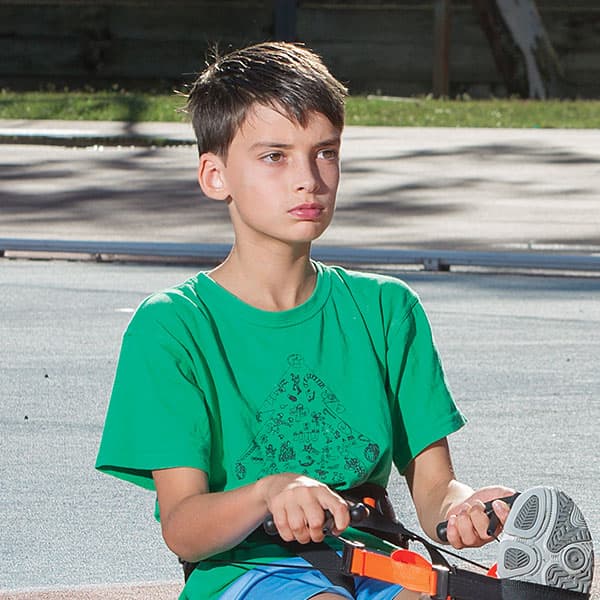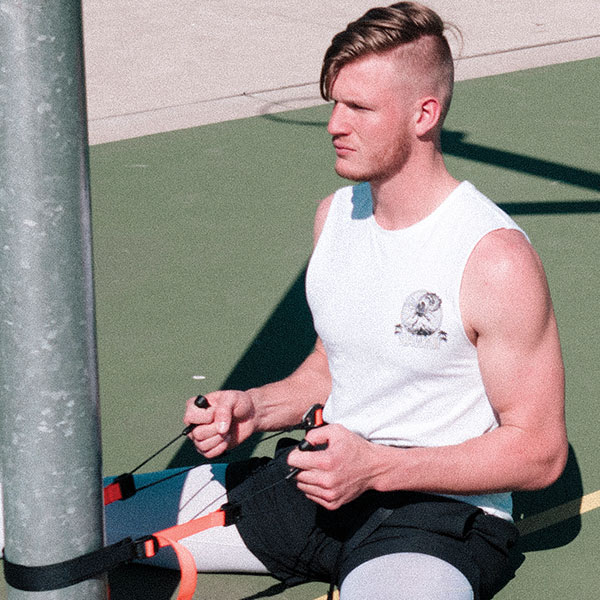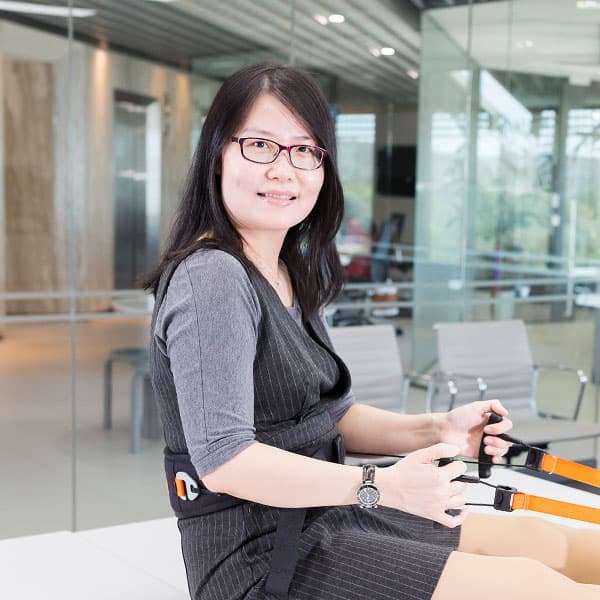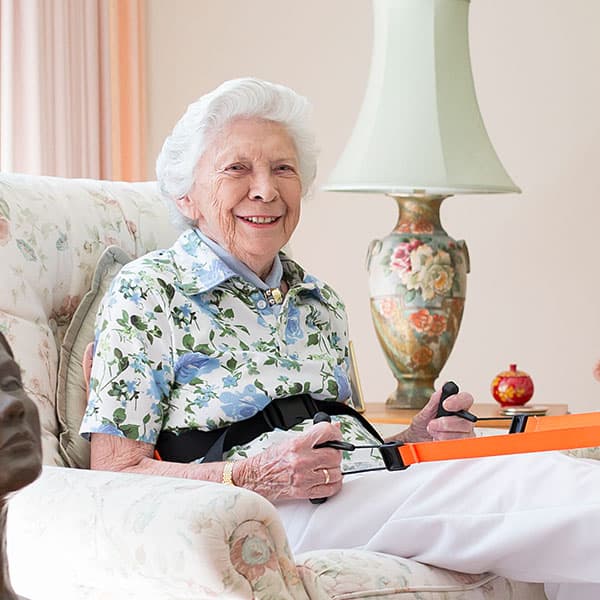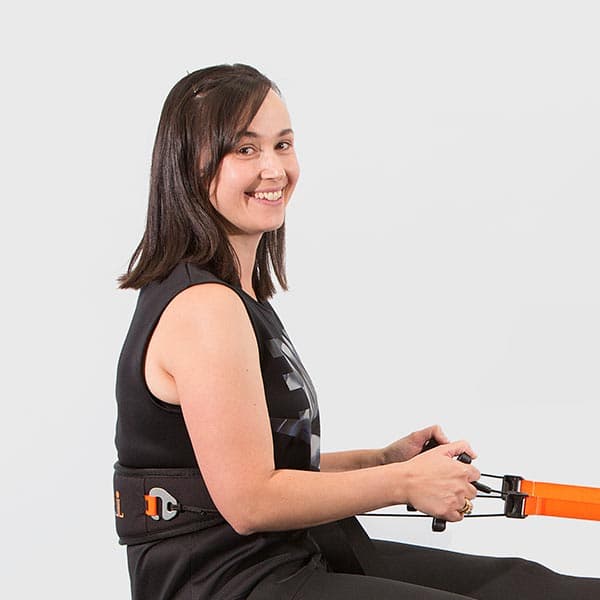Sporty Children and Growth Spurts
A growth industry we need to invest in
When your children go through a growth spurt there is often a dramatic decrease in their range of movement. At the same time, many feel pain and discomfort, especially in their legs. During an intensive period of growth, the muscular and skeletal structures of the body can develop at different rates. This can create pain in the associated muscles and joints.
Hear Isabella’s Story
Isabella grew 9 cm in one year. See how Lower Limber® helped her get back on track.

“Growth in children can be extremely rapid. Some studies have shown increases of half to a full centimetre in a single day; in one longitudinal study of 1000 children in NSW, a Year 8 boy grew 16cm over a 12-month period while a girl in Year 7 grew 13cm”
Growth spurts generally occur between 8-13 years of age in girls and 10-15 years of age in boys. The associated pain and discomfort that many children experience is often dismissed as growing pains – a temporary complaint “that we all went through”.
We all know holding a child’s attention can be difficult if the education processes and results can’t be achieved in a relative short period of time.
“Lower Limber® achieves measurable results with minimal effort which is highly motivating. Lower Limber® not only helps maximise performance; it also helps prevent injuries from occurring not just in our legs but in our entire body.”
The Lower Limber® Sequential Stretching and Activation System has the unique ability to coordinate the legs, spine and the limbs of the upper body so that they can communicate in a meaningful way. And the whole body benefits.





Growth Spurt Back Pain Puberty
What You Should Know About Growth Spurt Back Pain During Puberty
Those pains that children often complain about we usually attribute to so-called growth pains. These growth pains typically occur between the ages of eight to thirteen years old in girls and ten to fifteen years old in boys. These pains are usually due to a rapid growth spurt resulting in back pain during puberty. When children complain about these discomforts, they usually complain about their legs. Ever wondered why and how to prevent back pain?
- When children undergo periods of rapid growth, their muscular and skeletal structures may develop at varying rates resulting in pain in the muscles and joints. These discomforts have the possibility of being managed effectively using the correct tools and systems.
- Therefore, the legs, spine, and limbs will require coordination in some manner to ensure their functioning is effectively communicated within the body. Movement and stretching are key factors in this regard, and you should not underestimate their efficiency.
- We all know how active children are. Combined with rapid growth, it’s imperative to apply some form of a lower back stretch using a stretch aid to counter possible injuries and try to aid performance. Injuries mean no exercise, and the lack of movement is never ideal for managing specific types of pain.
Why Trust Lower Limber?
The Lower Limber Sequential Stretching and Activation System is used to align and support the spine in a measured way. By achieving this, you could activate the stretching response, especially when the leg muscles are tight. This device has also been designed to accomplish both static and dynamic stretching routines, a great option when warming up before strenuous activity. In this manner, growing children can stretch the correct muscles using various practices to help alleviate some of their discomforts, and at the same time, help prevent injuries when partaking in specific sports.
• Spine align. The whole principle behind the design of this device is to align the spine, which may activate the stretching response, as explained above. This device is compact and easy to use, and in just a few minutes each day, growing, active children should experience these benefits.
• Get moving. You do not want a child going through a growth spurt with painful, tight muscles limiting their mobility and, ultimately, their movements. The goal is to ensure that children keep moving and remain active, and when experiencing pain, to turn to the Lower Limber system.
• Start stretching. The number of stretching aids available on the market should be a clear indicator of the importance of testing your muscles. Extended muscles mean flexibility, and flexibility means easier range of movements. This device will help your children warm up their muscles before any sport to prevent any injuries and hopefully aid their performance.
To help your growing children deal with those terrible growing pains, contact us today. We have extensive experience with various methods to support anyone in your family.


